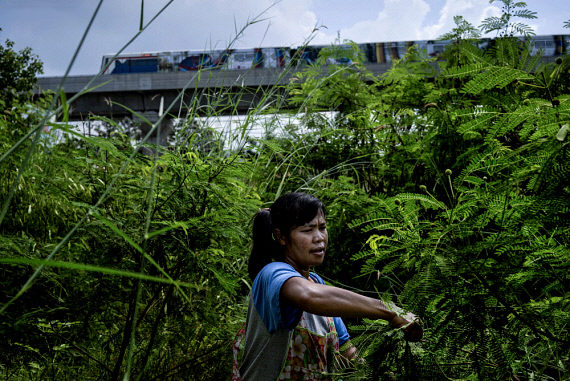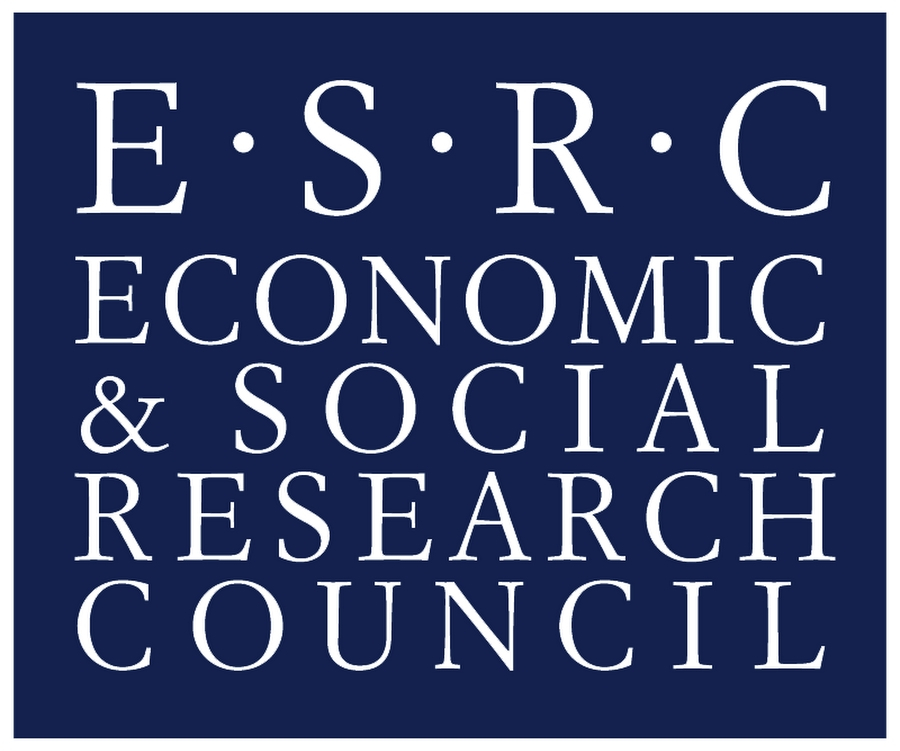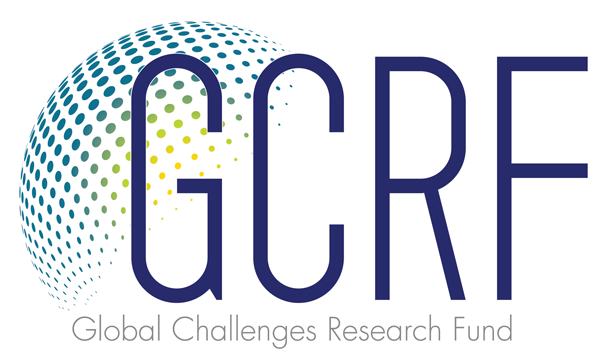
This week’s blog is the first of a set of posts on the ‘developer’s dilemma’ in South East Asia from ESRC GPID Director, Andy Sumner.
The countries of South East Asia are examples of countries which, on some level at least, have managed the ‘developer’s dilemma’ and achieved both structural transformation and inclusive growth.
Since the Second World War, surprisingly few developing countries have experienced a truly sustained episode of convergence towards the structural characteristics of the advanced nations. The World Bank (2008) listed just 13 countries since 1950 that had sustained high growth rates for 25 years or longer, and two further countries that might join this group. North East and South East Asia account for all but five of this set of 15 countries. In short, the region of the world that has gone the furthest in that convergence is East Asia. Much has been written on comparative industrialization and development in North East Asia but relatively less on South East Asia.
In South East Asia, Malaysia, Indonesia, and Thailand have all undergone a major transformation—in a way never anticipated—from being poor, agrarian countries to middle-income countries which have developed an industrial and manufacturing base.
In the 1960s Indonesia was one of the poorest countries in the developing world; Thailand had experienced a long period of no growth in income per capita from 1900–1950; and incomes fell in Indonesia and Malaysia from 1930–1950. It was anticipated that an ethnic conflict would engulf Malaysia following independence. Today, Malaysia and Thailand have virtually eradicated absolute poverty and Indonesia has the potential to do so too in the next decade. Furthermore, they achieved all of the above without a dramatic rise in income inequality at least up to the early 2000s after which inequality trends went in different directions.
The ‘puzzle’ or question that flows from that achievement is as follows: how did these countries achieve such a transformation, and how did they achieve the transformation with a form of economic growth that was driven by structural transformation, but that was ‘inclusive’? (Given that, historically, it has been thought that structural transformation tends to push up inequality, whilst inclusive growth necessitates static or even falling inequality; this last point is particularly salient to developing countries.)
Understanding how the transformation was possible in a relatively short space of time, the extent to which it was inclusive, and the caveats and prospects for South East Asia is thus an area of enquiry significant to all developing countries as they seek economic and social transformation. In order to ‘solve’ the puzzle, the discussion of the transformation of South East Asia can focus on a set of three core questions.
These questions are: how deep, and of what nature, was the structural transformation and inclusive growth in Malaysia, Indonesia and Thailand? How did Malaysia, Indonesia, and Thailand deal with the distributional tensions that rapid transformation often entails? And how did Malaysia, Indonesia, and Thailand achieve such rapid economic and social transformation in a relatively short space of time? In other words, what does the experience of those countries imply for theories of economic and social transformation?
Over the next few weeks we’ll discuss these questions in this blog. Economic development – capital accumulation and structural transformation – tend to generate distribution tensions, those tensions are diffused in the short to medium term at least by expanding public policy interventions to address the upward forces of inequality unleashed by structural change between and within ‘sectors’: specifically, urban–rural sectors, skilled–unskilled workers, and capital–labour shares of income and capture of productivity gains.
Structural transformation-led capital accumulation that is broad-based requires, counter-intuitively, a highly activist rural and agricultural policy, and public investments to constrain the urban–rural divergence; redistribution of the near future by large investments in public education to constrain the skilled–unskilled worker wage divergence; and state–capital–labour pacts—formally or informally—to ensure employment growth rather than large real-wage rises which are the consequence of productivity growth, as one pioneer of development economics, W. Arthur Lewis originally outlined in the 1950s.
In sum, the countries of South East Asia are thus examples of countries which, on some level at least, have managed the ‘developer’s dilemma’ to achieve both structural transformation in terms of large increases in productivity as well as inclusive growth in terms of reducing poverty and curtailing the tendency for inequality to rise during transformation. In doing so, the elites got rich in absolute terms, even if relative income inequality did not rise dramatically in the process, and in all likelihood, only a small proportion of the rents from natural resources were channelled directly into development. Still, that was sufficient, coupled with domestic policy regimes and patterns of global accumulation, to transform a set of low-income, high-poverty, agrarian economies into middle-income countries with industrial bases.
We’ll continue the discussion over the next few weeks on structural transformation and inclusive growth in South East Asia.
Andy Sumner is a Reader in International Development in the Department of International Development, King’s College London. He is Director of the ESRC Global Poverty & Inequality Dynamics (GPID) Research Network.
Related reading
| Briefing paper 12 | Andy Sumner | Is the Lewis Model of Economic Development still Relevant to Developing Countries? | 20/04/2018 |
| Briefing paper 13 | Andy Sumner | Trickle Along not Trickle Down? Inequality and the Lewis Model of Economic Development | 20/04/2018 |
| Country Note 1 | Arief Yusuf and Andy Sumner | Poverty, Inequality, and Structural Change in Indonesia | 29/09/2017 |
| Country Note 2 | Kunal Sen | Poverty, Inequality, and Structural Change in India | 29/09/2017 |
| Country Note 3 | Sergio Firpo and Renan Pieri | Structural Change and Wage Inequality: the Brazilian Case | 29/09/2017 |
| Country Note 4 | Morné Oosthuizen | Poverty and Inequality in South Africa | 29/09/2017 |
| Briefing paper 4 | Cinar Baymul and Kunal Sen | What Do We Know about the Relationship between Structural Transformation, Inequality and Poverty? | 29/09/2017 |

